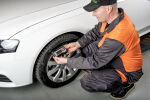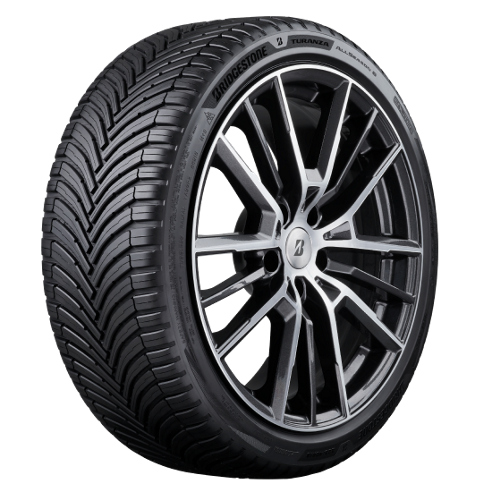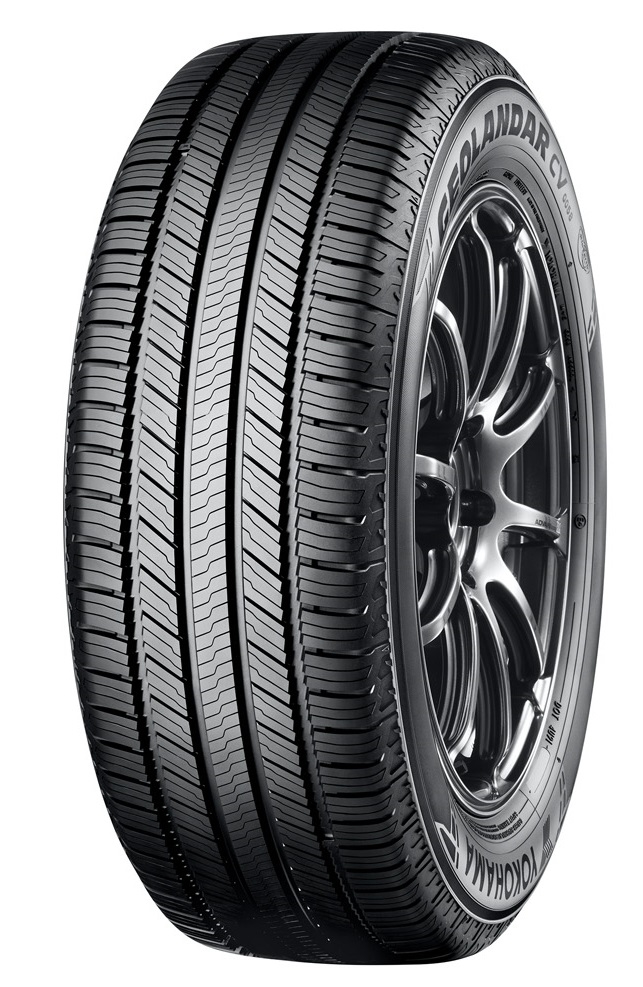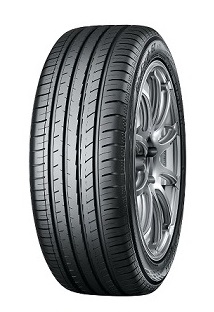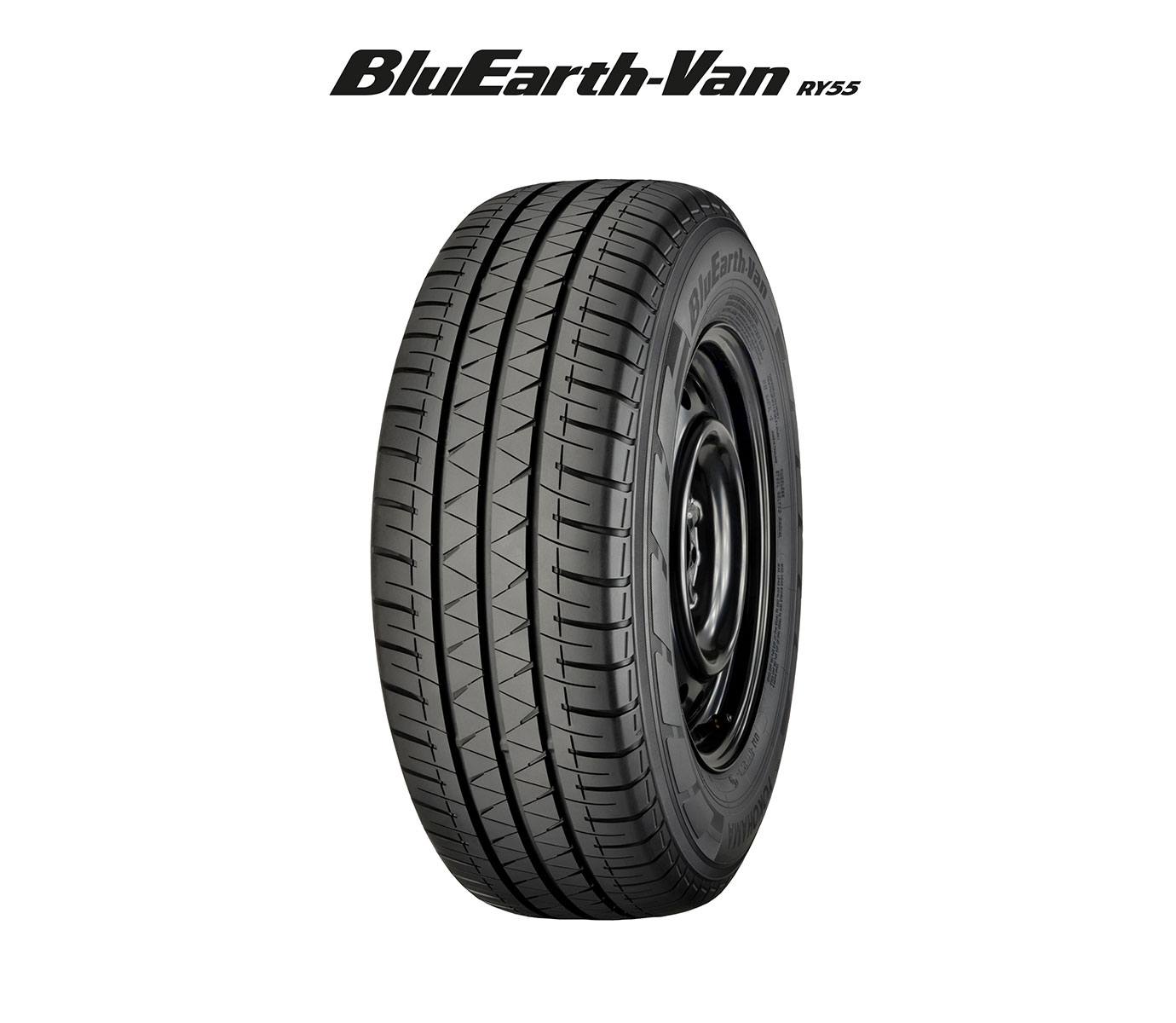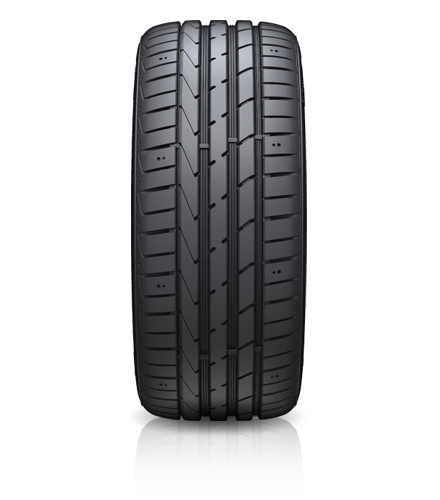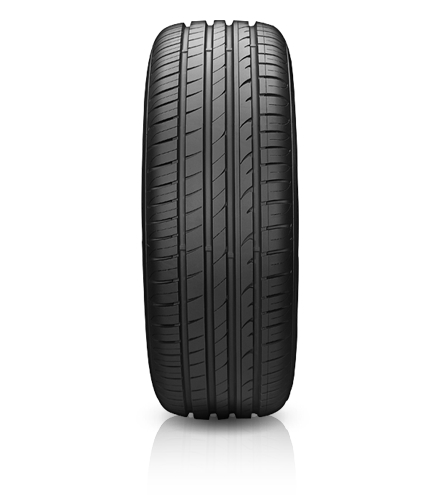There are a number of myths and false assumptions connected with driving safety and tyre longevity, says Nokian Tyres. The Finnish tyre maker believes that both these can be improved in a matter of minutes; by regulation of tyres’ air pressure. Tyre pressure needs to be higher in the winter in comparison with summer. Higher tyre pressure is also required when the load is heavier than usual. Regardless of this, many people drive with too-low tyre pressure because of driving comfort or dangerous beliefs. Matti Morri, Technical Customer Service Manager at Nokian Tyres, explains how many popular beliefs concerning tyres are, in fact, false – and sometimes potentially dangerous.
Q: Is it more comfortable to drive with lower tyre pressure?
Matti Morri: More comfortable, perhaps, but also more dangerous. A tyre with too-low pressure is too flexible, which makes it uncontrollable. This is probably the most dangerous false belief concerning tyre pressure. There is a reason why automotive and tyre manufacturers have determined a recommended tyre pressure level that ensures safe tyre behaviour even in extreme circumstances.
Q: Does sufficient air pressure cause centre wear on the tyre?
Matti Morri: In old cross-ply tyres, it was possible to adjust the wear pattern by means of tyre pressure. That was more than 30 years ago, but the myth persists. The wear pattern of a modern steel-belted tyre cannot be affected through normal pressure level. Traction tyres are slightly more prone to centre wear, because their centre surface does more work during acceleration. For tyres to wear evenly, their places should be changed from front to back and back to front in a timely manner.
Q: Does correct tyre pressure increase the lifetime of a tyre?
Matti Morri: Definitely. The lower the tyre pressure is, the more the sidewall of the tyre protuberates. The sidewall is the weakest part of a tyre, and correct tyre pressure helps to reduce punctures, cuts and tyre failure. If a tyre rolls at too-low tyre pressure compared with the load, its shape is affected too much during driving. Its structure becomes warmer, which may cause breaks between components. The lifetime of a tyre can be maximised by checking tyre pressure regularly. Correct tyre pressure makes the vehicle easier to control, which also reduces unnecessary steering wheel corrections.
Q: Should front tyre pressure be increased when pulling a trailer?
Matti Morri: This is also a persistent belief, and the answer is no. Pressure on the rear axle is what needs to be increased when driving to a holiday destination with a heavy load in the boot, for example, or when pulling a trailer. Increased weight on the drawbar increases rear axle load. Too-low tyre pressure causes oversteer in swerve situations. The rear starts to move uncontrollably, which makes a loaded vehicle difficult to steer.
Q: Can a van require up to 5 bar tyre pressure?
Matti Morri: The more robust structure of a van can make you think that the load-carrying capacity of its tyres is sufficient even at lower pressure. However, to achieve the maximum load-carrying capacity, the pressure level of van tyres should be up to 5 bar or even higher. Load-carrying capacity means the amount of items and number of people that can be taken into the vehicle. If there are structural problems in the tyres of a van, the reason is often too-low tyre pressure in relation to the load. Higher pressure makes the tyre feel hard during driving at first, but it’s simply not advisable to emphasise comfort by means of too-low tyre pressure at the expense of tyre durability and safety.
Q: Can a tyre fall off the rim?
Matti Morri: Yes, a tyre can actually fall off the rim during driving. When the temperature drops by ten degrees, tyre pressure decreases by 0.1 bar. Sub-zero temperatures also make a steel rim shrink. At extremely low sub-zero temperatures, a tyre with too-low pressure may fall off the rim if the car hits a kerb on a bend at a high speed, for example. When the temperature rises, tyre pressure increases. Too-high tyre pressure is not a cause for concern – better over than under. Too-low pressure increases rolling resistance, tyre wear and fuel consumption, and results in poorer navigability. This applies in summer and winter alike.

